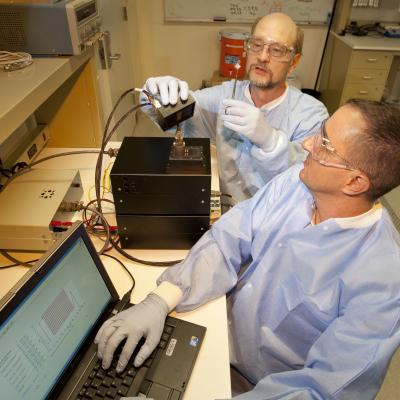Solid-state distributed node-based rapid thermal cycler for extremely fast nucleic acid amplification (LLNL Internal Case # IL-12275, US Patent 8,720,209)
Keywords
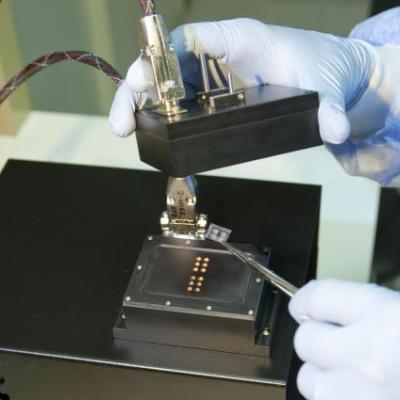
Laser heating of aqueous samples on a micro-optical-electro-mechanical system (LLNL Internal Case # IL-11719, US Patents 8,367,976;
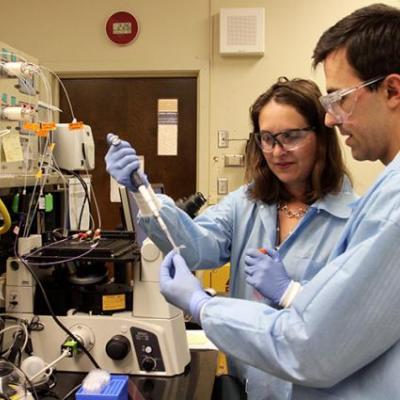
This technology describes a method for partitioning fluid into “packets” between polymeric sheets. The fluid to be partitioned is introduced between two polymeric layers or within a polymeric channel and the layers are sealed together to form an array or sequence of individual milliliter to picoliter samples as shown in figure below. This approach allows a continuous flow of samples through…

The present invention uses magnetic fields to hold particles in place for faster DNA amplification and sequencing. This invention provides a method for faster DNA sequencing by amplification of the genetic material within microreactors, denaturing and de-emulsifying and then sequencing the material while retaining it in the PCR/sequencing zone by a magnetic field. Briefly, nucleic acid…
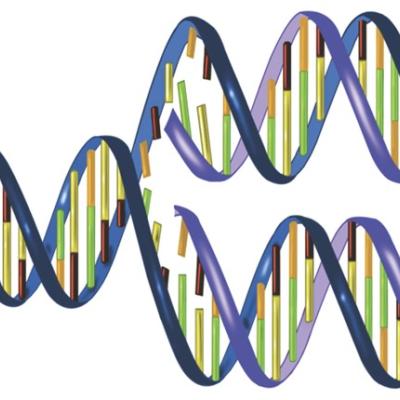
This invention is designed to sort and identify complex samples using parallel nucleic acid characterization. By isolating single or double stranded nucleic acids derived from complex samples, researchers can sequence previously unknown genetic material to identify novel viruses and organisms. The chip-based microfluidic system achieves this through microdroplet PCR amplification,…
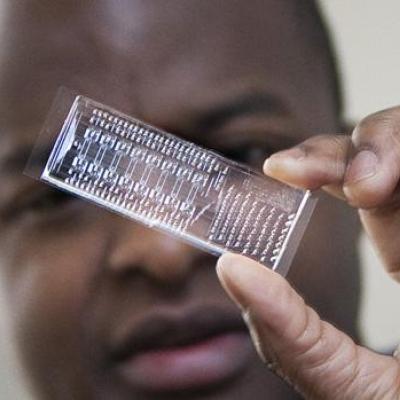
Researchers at LLNL have created a new technology for performing pumping and valving operations in microfabricated fluidic systems. Traditional microfabricated devices have some disadvantages that defeat the advantages of miniaturization. For example, they require high power and voltage, and they need specific fluids to work properly and to be broadly applicable. The technology described here…
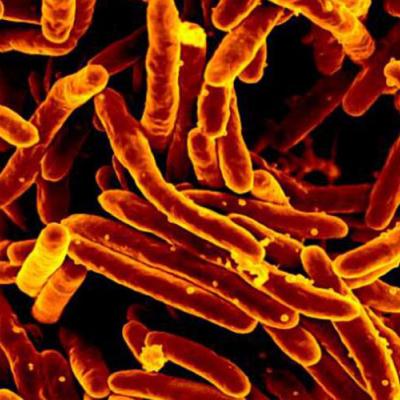
LLNL researchers have developed a high-volume, low-cost diagnostic test that is easy to use and provides results in under an hour. The testing platform will provide emergency responders and other medical professionals with the ability to screen individuals using oral and nasal samples, and obtain results in approximately 30 minutes. This point-of-care testing approach will enable rapid triage…
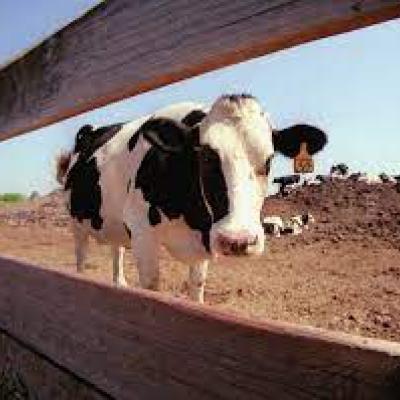
LLNL scientists have developed a high-confidence, real-time multiplexed reverse transcriptase PCR (RT-PCR) rule-out assay for foot and mouth disease virus (FMDV). It utilizes RT-PCR to amplify both DNA and RNA viruses in a single assay to detect FMDV as well as rule out other viruses that cause symptoms in livestock indistinguishable from those caused by FMDV, such as Bovine Herpes Virus-1 (…
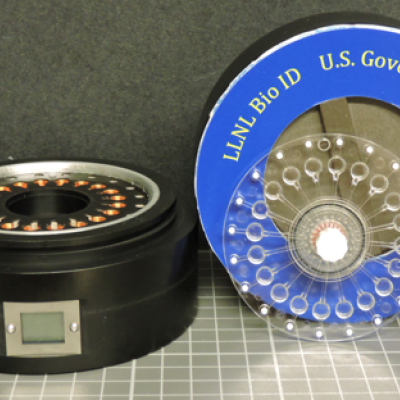
LLNL scientists have developed a battery-powered device which is low-cost and multi-chambered for the extraction and amplification of nucleic acids from environmental, clinical, and laboratory samples via loop-mediated isothermal amplification (LAMP). This platform identifies pathogenic bacteria and assists in determining the optimal treatment plan. A multi-chamber amplification cartridge in…
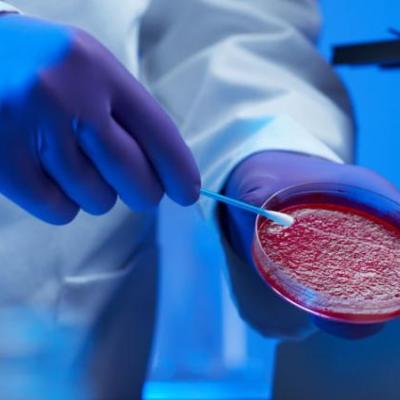
LLNL researchers have invented a system for identifying all known and unknown pathogenic or non-pathogenic organisms in a sample. This invention takes a complex sample and generates droplets from it. The droplets consist of sub-nanoliter volume reactors which contain the organism sized particles. A lysis device lyses the organisms and releases the nucleic acids. An amplifier then magnifies the…

LLNL researchers have developed a method to quickly and accurately identify the family of a virus infecting a vertebrate via PCR. Universal primer sets consisting of short nucleic acid strands of 7 to 30 base pairs in length were created to amplify target sequences of viral DNA or RNA. These primers can amplify certain identifying sequences of all viral genomes sequenced to date as well as…

LNLL scientists have invented a method for multiplexed detection of PCR amplified products which can be completed in a single step. Highly validated species-specific primer sets are used to simultaneously amplify multiple diagnostic regions unique to each individual pathogen. Resolution of the mix of amplified products is achieved by PCR product hybridization to corresponding probe sequences,…
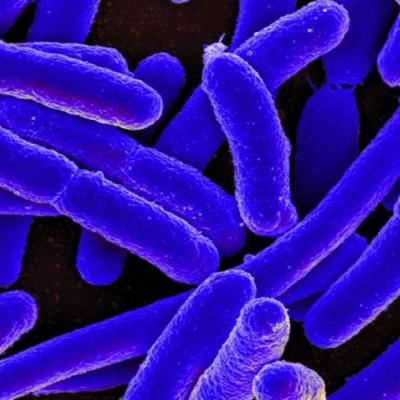
This LLNL-developed invention is multiplexed and utilizes the Luminex bead-based liquid array, which contains 100 different unique beads. Oligonucleotide probes with sequences complementary to the target sequences are covalently coupled to these unique beads. These capture beads are mixed with viral samples obtained from the patient via cheek swabbing or a throat wash and subjected to PCR in a…


